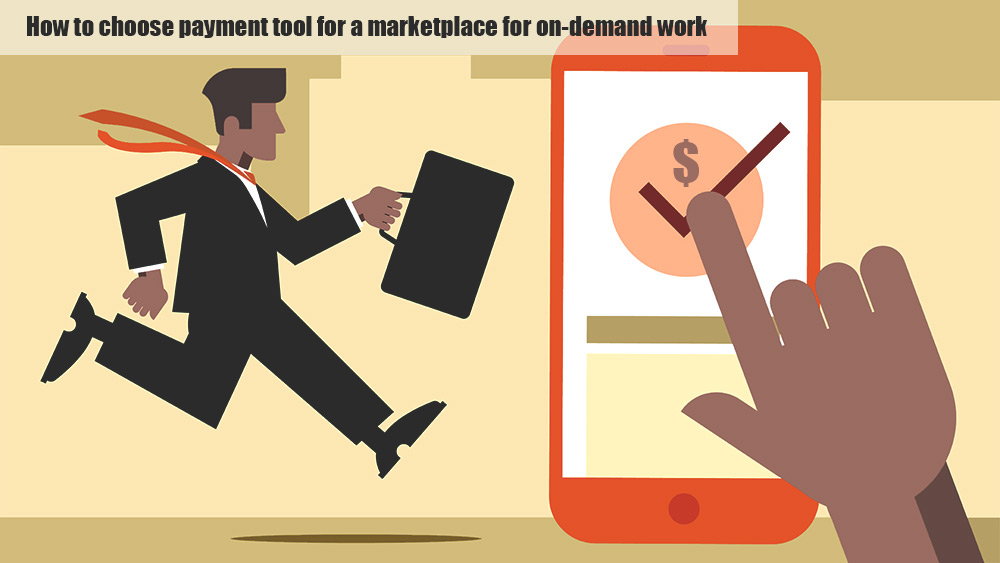
I want to start by saying that work on-demand is really a great solution for many people. Research conducted in the United States for over the past year has shown incredible figures of people for whom work on-demand acted as a sort of “airbag” and became a necessary measure for a comfortable existence. Here are some statistics by software provider Intuit for February 2017:
Forty-one percent of respondents said they had experienced a financial hardship during the prior year, compared to 18% of all Americans in a recent study by the U.S. Federal Reserve. Half of the 41% said their financial hardship was the reason they work in the on-demand economy. The survey was conducted from Sept. 20 and Nov. 18, 2016.
The hardships included an unexpected major expense (36%), job loss (31%), health emergency (29%) or reduction in their hours at work (26%). Almost one-third of those with full-time jobs said they see their on-demand work as a backup, in case something goes wrong with their main job.
More information about this study can be found in this Forbes article.
And such popularity of this working type brings with it a number of issues in which pay for work is probably the most important. So how to choose the right payment tool for your online marketplace for on-demand work?
To choose a payment system, you need to start by answering the following question: What is a type of your marketplace? In the case of on-demand workers, it’s a service marketplace. The choice of the payment system is also directly related to the marketplace platform used. Service marketplaces can be successfully created on such platforms as Sharetribe, Cocorico, Market WordPress Theme, etc. For finding a good platform for your marketplace, use this free marketplace comparison tool. It provides important information about pricing models, localization, demo, supported languages and others parameters of platforms including supported payment methods.
For example, if you select Sharetribe for your marketplace aimed at on-demand work, you will have access to 2 payment tools: PayPal and Stripe Connect. And in this case, you need to compare these two systems. At this time, Cocorico offers the possibility of connecting MangoPay payment tool.
In brief, each of these three payment methods the following can be underlined:
Stripe provides high fraud-prevention. It is very convenient, giving customers the opportunity to pay without signing in and without being diverted to a separate site.
Stripe accepts currencies from more than 139 countries and converts them automatically for international transactions. Each transaction with a European Blue Card is charged at 1.4% or €0.25 (whichever is greater).
Many people heard about PayPal. But if we talk about service marketplaces, PayPal is not always preferred, if only because it’s more expensive than Stripe. PayPal fees are far more complex and nuanced. For example, they only charge extra for American Express when you’re on one of the paid plans, which seems a bit counterintuitive.
MangoPay is flexible and simple to integrate, this tool naturally allows sites to accept online payments, as well as to take payments on behalf of third parties, and manage cash flow. Mangopay was designed especially for marketplaces and crowdfunding, so it allows multi-currency processing.
A big plus is the transparency and competitiveness of its pricing: 1.8% or €0.18 (whichever is greater) of commission per transaction, with no hidden fees for installation, subscription, or transfers to your bank account.
More information on payment tools for marketplaces can be found here.
And as mentioned above, choosing a payment system for of your marketplace requires considering many factors, such as marketplace type, platform, support of countries. But if you take this process seriously, the probability of finding the right online payment tool for your marketplace of any type is possible by 100%